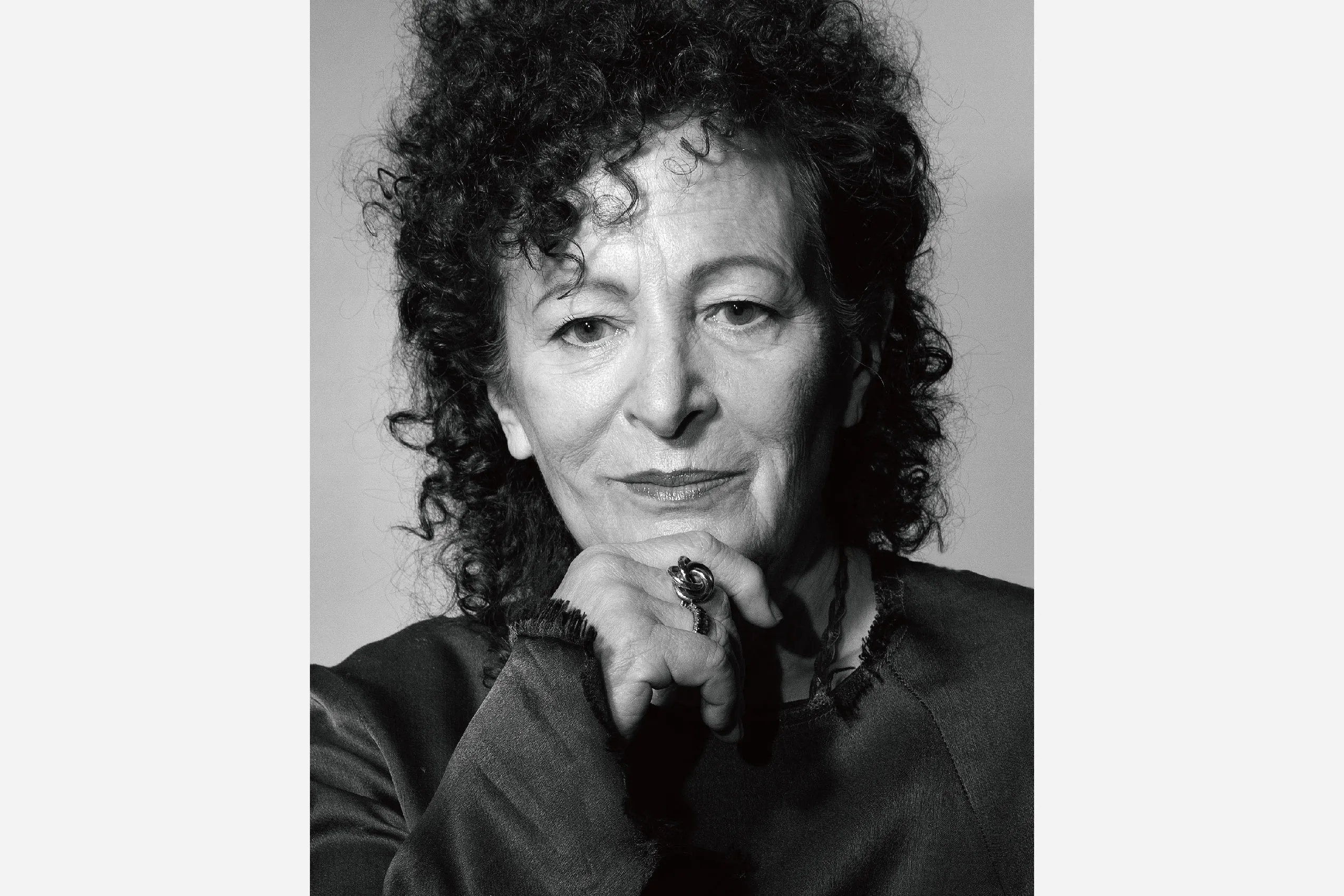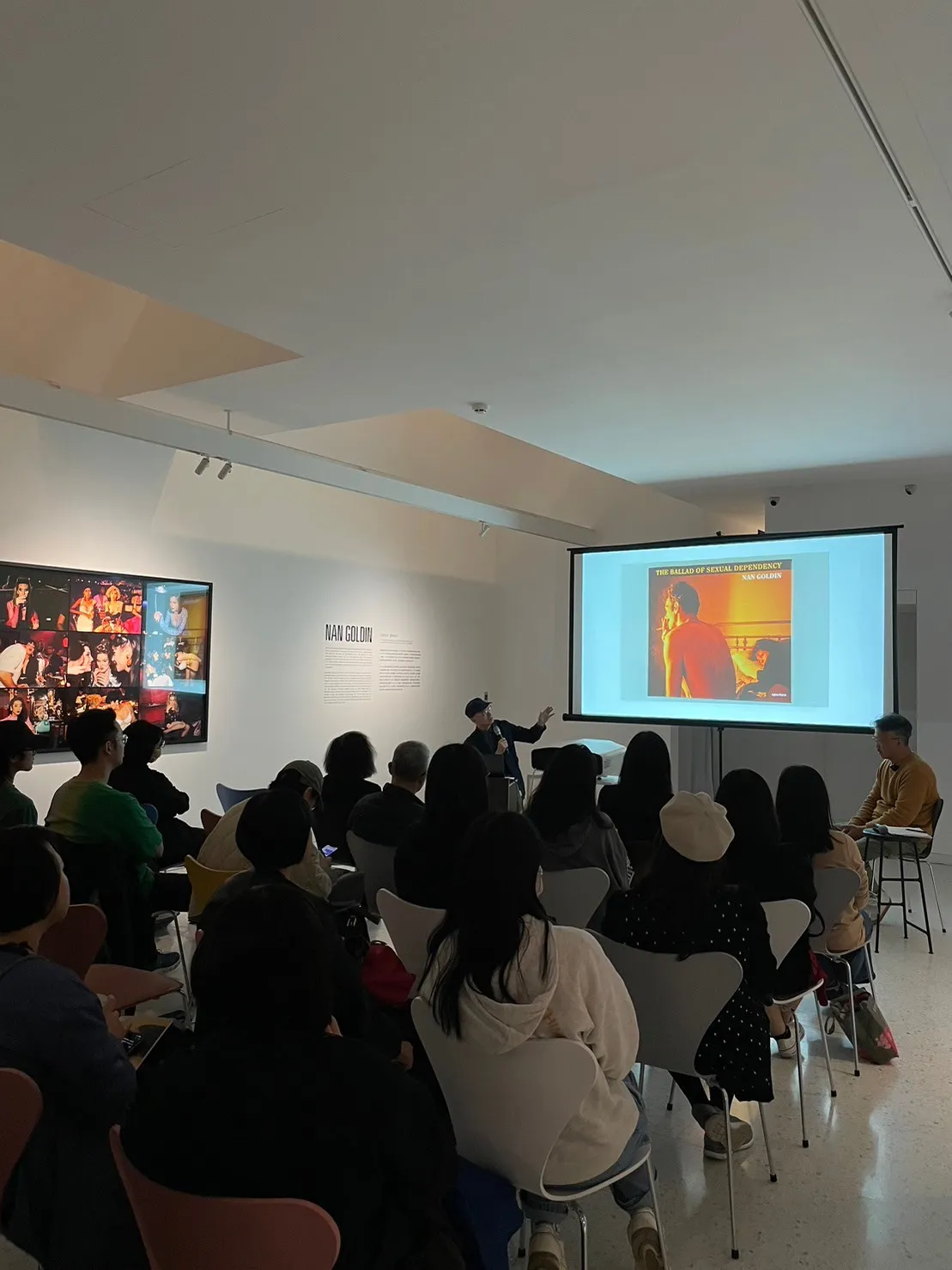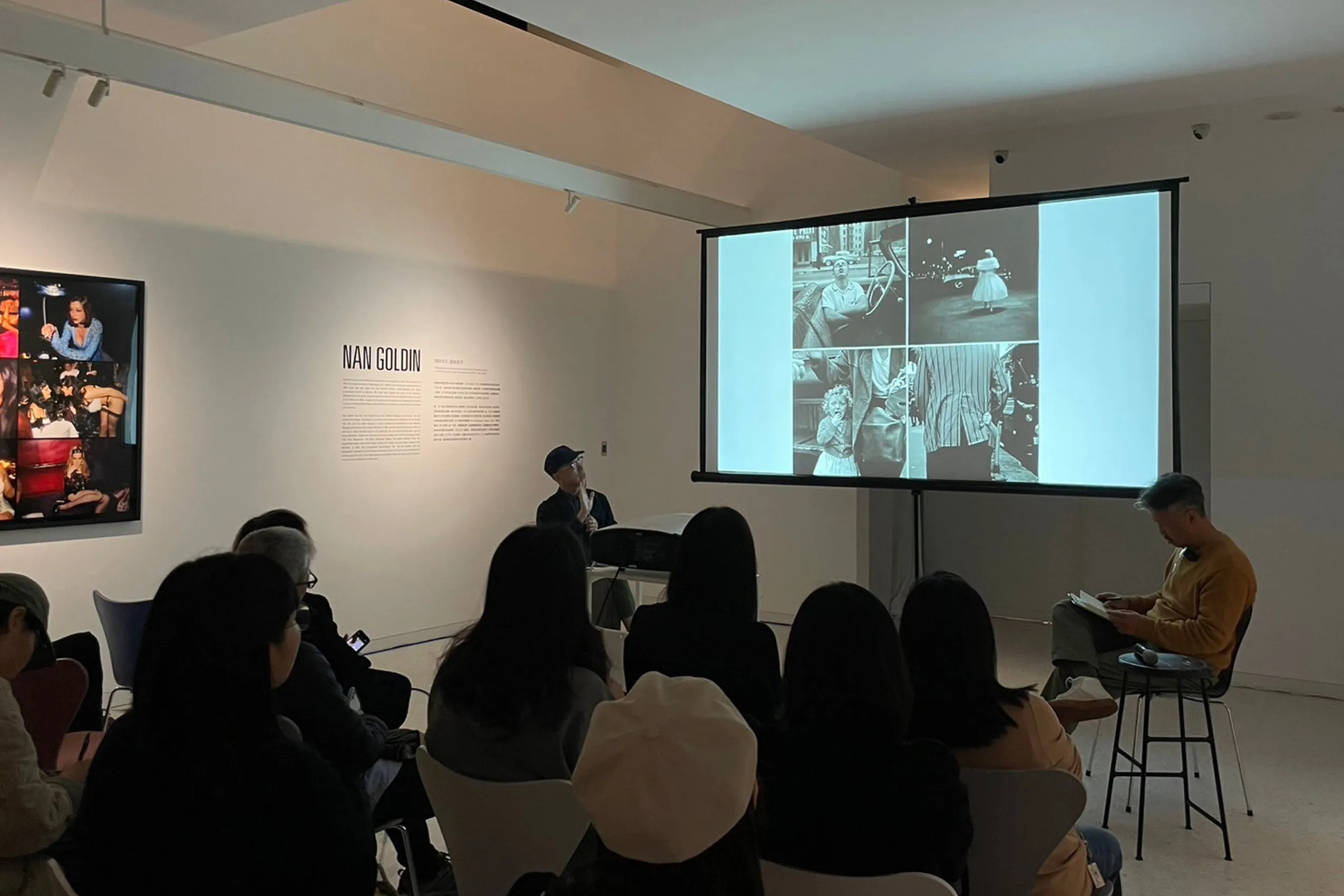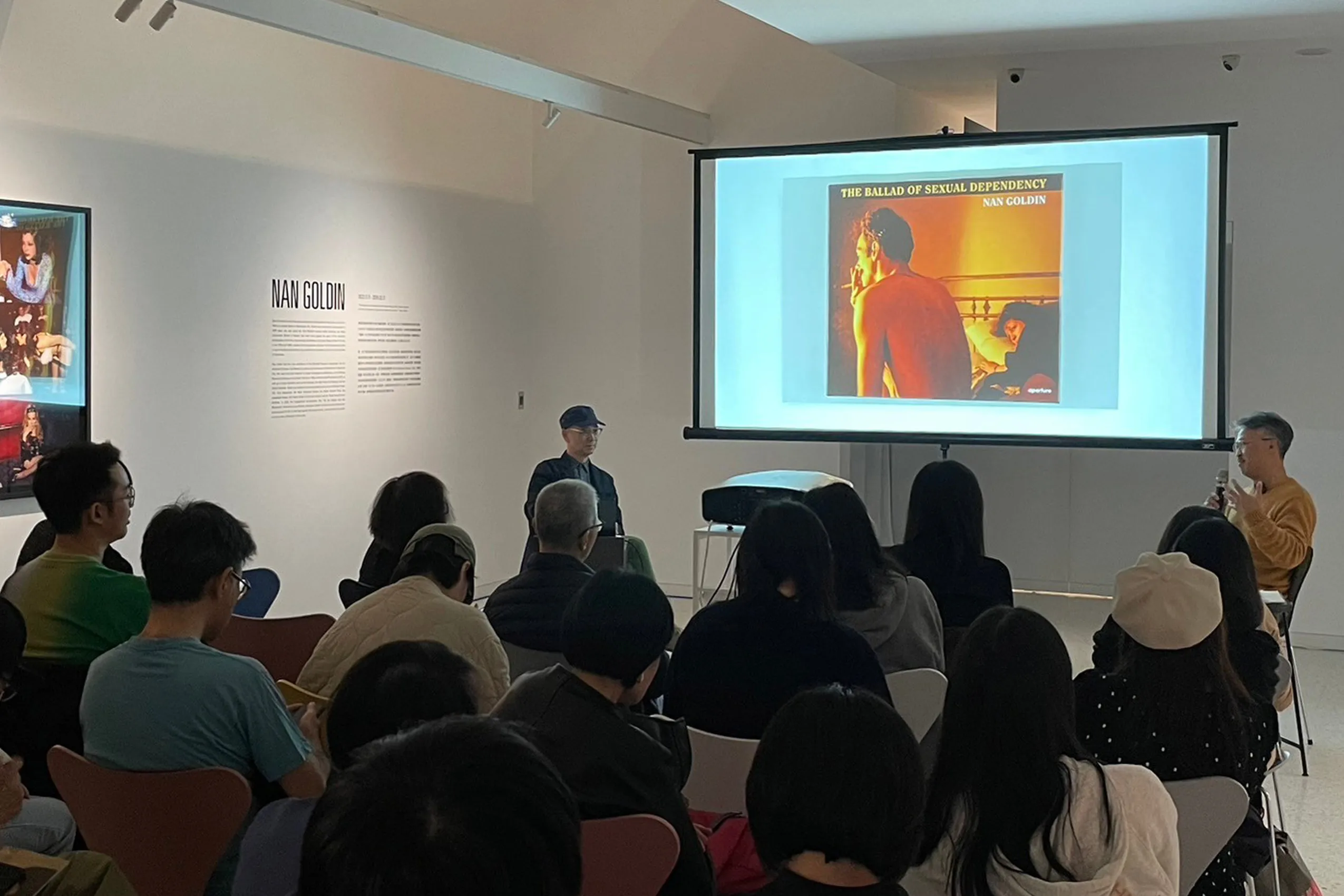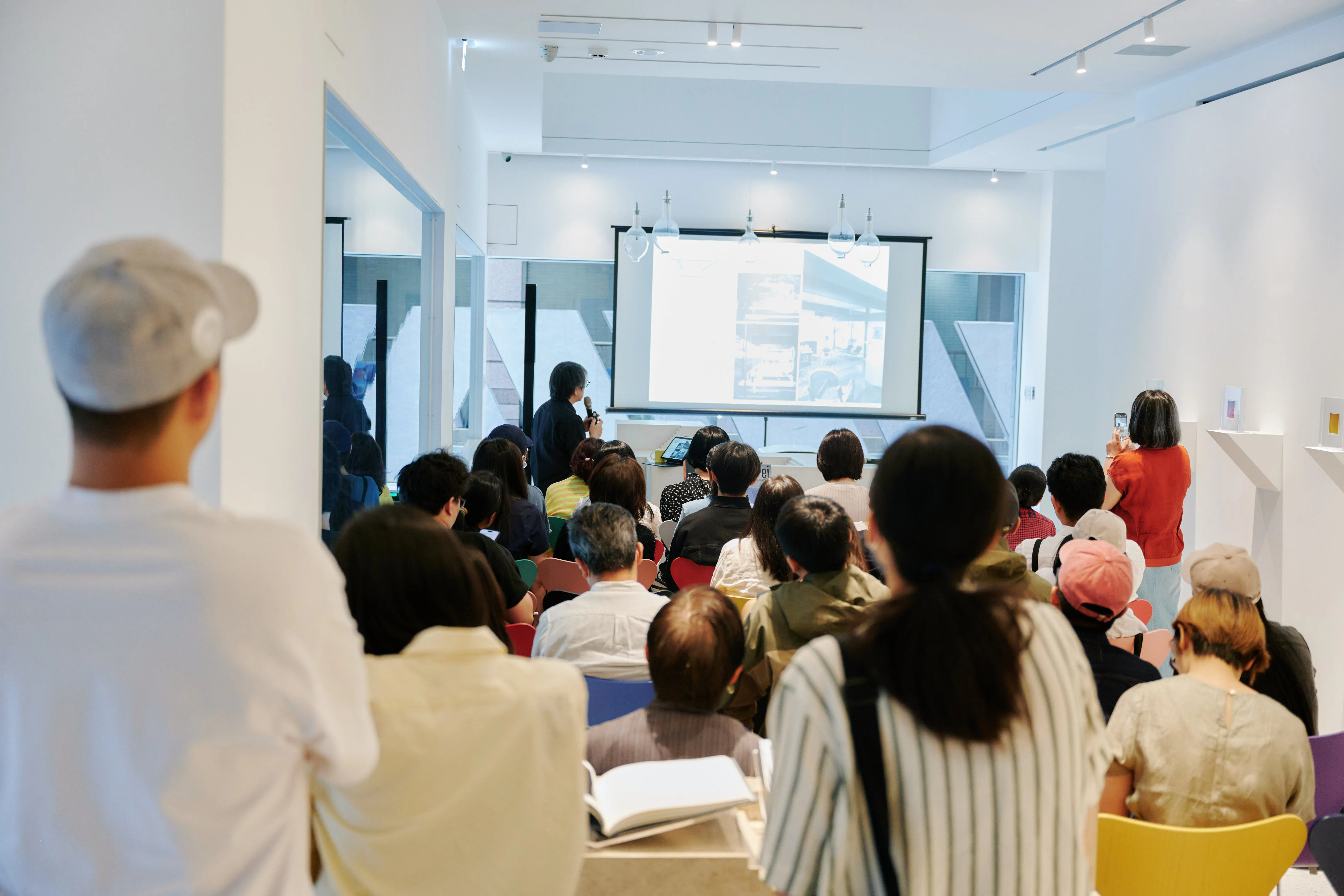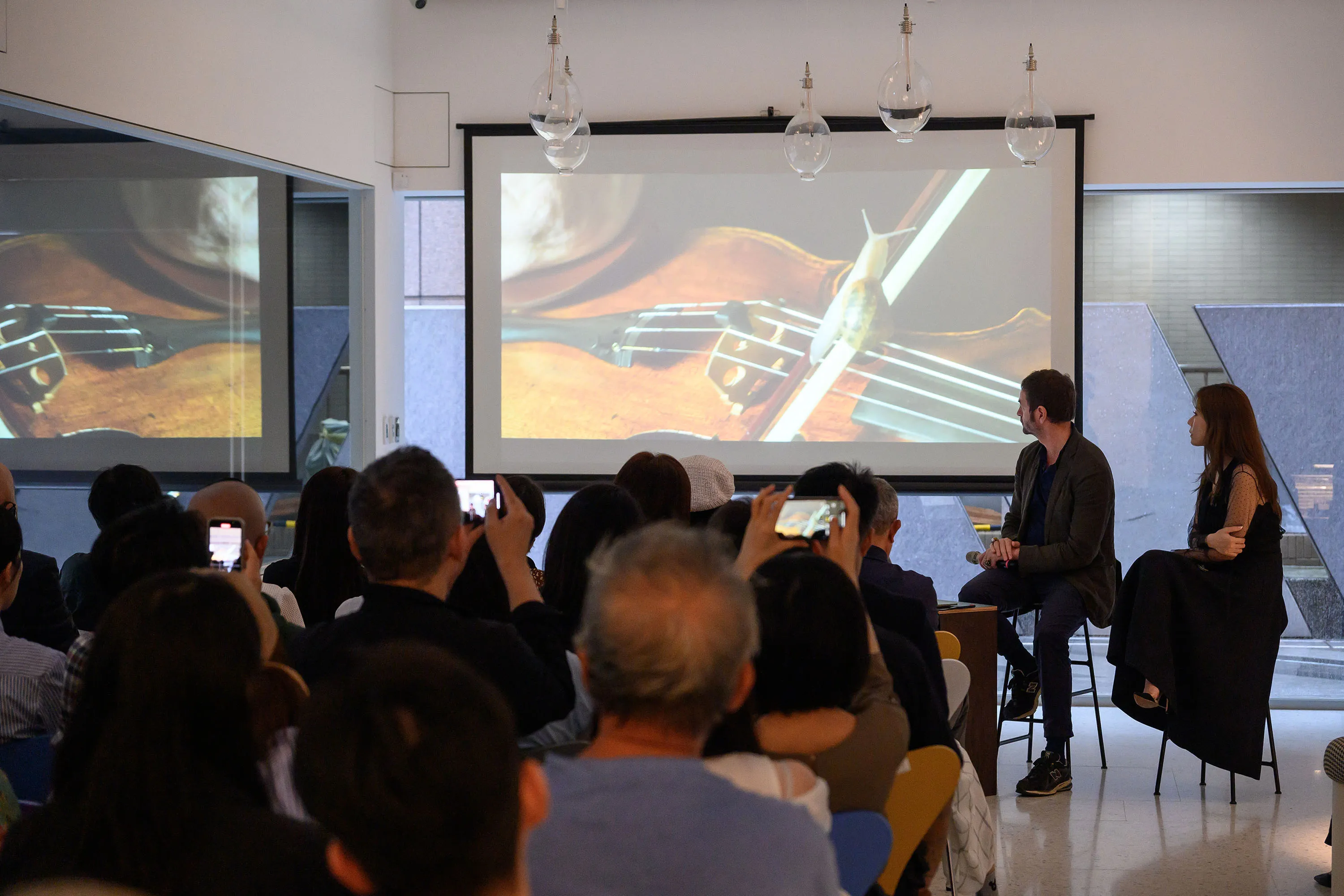
Atelier Talk | A Private Diary for the Public — Nan Goldin’s Photographic Creation and Development
Speakers
Ching-Yueh Roan, Architect and Novelist
Wei-Li Yeh, Artist
Locations
Winsing Art Place (1/F. 6, Lane 10, Lane 180, Section 6, Minquan East Road, Neihu District, Taipei City)
Fees
$350 (including bookstore entrance fee, one drink)
Ages
Unrestricted
Introduction
“How do you continue to believe in yourself? How do you prove to the world that you truly experienced this, and truly heard this? That is why I take pictures.” For American contemporary photographer Nan Goldin, photography is not only a medium of creation, but also a way for her to remember, to heal herself, and to convey her voice to the world. At the age of 14, facing the pain of a family member’s death, Goldin left home and began her life of rebellion against institutions. In 1968, under the guidance of a school teacher, she encountered a camera for the first time, which opened the path of her photography. Her photographic style was different from the mainstream at the time; her works unabashedly documented the landscape of New York in the 1970s–1980s, exploring people living in volatile and fleeting environments, and revealing the intimate lives that were little known in that era.
The Winsing Arts Foundation is honored to invite architect and novelist Ching-Yueh Roan, together with artist Wei-Li Yeh, for a dialogue. This lecture, through the professional perspectives of the two speakers, will discuss Goldin’s work in relation to the context and development of contemporary art, as well as the temporal messages her photography seeks to convey. They will take a broad view of Goldin’s creations and explore how, in a chaotic and unstable era, she used photography to capture the desires of people’s lives. Ching-Yueh Roan and artist Wei-Li Yeh will also share with the audience their encounters with Goldin’s works in the 1990s, and the impressions and experiences that arose from those encounters.
Event Recap
In her artistic career, Nan Goldin’s most famous series, The Ballad of Sexual Dependency, captured the lives of New York’s underground subcultures from the 1970s to the 1980s. The architect and novelist Ching-Yueh Roan first came across this series’ photo book in the mid-to-late 1980s and began to pay attention to this artist. From the era’s shifts in the 1970s and 1980s—such as the energy crisis, various cultural movements, and the emergence of AIDS—Roan discussed Nan Goldin’s role in the times and the impact of her work. He also examined her work from a writing perspective: “In her photography, she uses a perspective between first-person and second-person. The first-person aspect is like she is writing a diary, documenting her emotional relationship with Brian; at the same time, she also records her friends around her, like a second-person perspective, as if talking directly with them. They trust her; it is not an objective third-person record, but rather like a one-on-one portrait. This method of recording, between first and second person, I find very interesting because it subverts the early notion of photography as an objective recording device. Contemporary artists break that objectivity; she allows her subjectivity to intervene. This is the artist’s own testimony—it is her diary.”
During the lecture, Professor Roan mentioned several female photographers, such as amateur street photographer Vivian Maier, Diane Arbus who challenged taboos and photographed marginalized individuals, the controversial Sally Mann who photographed her own children beyond conventional perceptions of childhood, and Cindy Sherman, who made herself the protagonist in theatrical scenes with costumes. Through the perspectives of these photographers, he revisited Nan Goldin’s documentary photography. Artist Wei-Li Yeh, using these photographers as references, shared how photography as a tool conveys emotion and intimacy, and also mentioned the common themes discussed between Larry Clark, who specializes in photographing marginalized youth, and Nan Goldin. “When rereading her work, I actually discovered many fascinating things, especially in relation to the digital transformation of photography in our current lives, and how modern people use information. The technological development and various evolutions of her work have caused us to read her images in completely different ways,” Yeh shared. He also noted that in today’s era of smartphone digitization, we continue to convey very similar images—everyone wants to share the most perfect and intimate moments, which can truly prove our existence, just as Nan Goldin sought to demonstrate the importance of existence.
